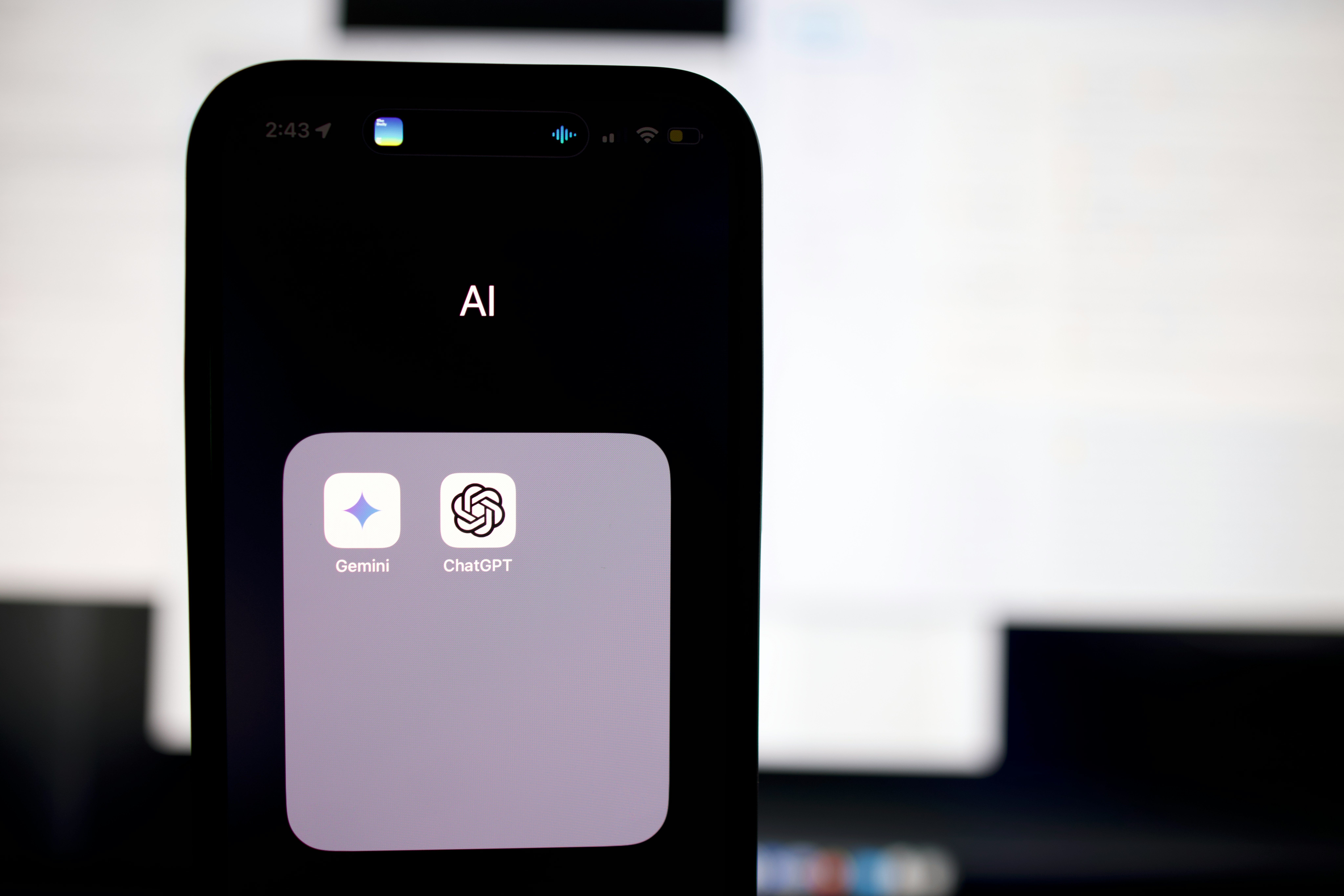The surge in interest and investment surrounding Artificial Intelligence (AI) technologies has sparked quite the debate: Is this intense enthusiasm indicative of a burgeoning bubble reminiscent of the late 90s Dot Com bubble? Like the Dot Com era, the current AI landscape is characterized by significant capital influx, sky-high valuations of startups, and a general sense of euphoria about potential technological transformations.
The Nature of the Current AI Boom

Photo by Swello on Unsplash
Investments and Key Players
The AI sector is currently witnessing unprecedented inflows of capital, illustrating a boom. Key technology firms like Nvidia, Alphabet, and Microsoft are making substantial investments, pushing the boundaries of AI technology further each day. According to insights from industry experts, investments are not just pouring in from tech giants; venture capitalists, private equity firms, and even governments are funneling resources into AI development and integration. This collective investment effort is geared toward both evolutionary AI applications like enhanced machine learning models and revolutionary uses such as fully autonomous vehicles and advanced robotics systems.
Technology and Infrastructure
The technological backbone of the AI boom is robust, characterized by rapid advancements in machine learning algorithms, substantial improvements in computing power, and the availability of big data. Companies are leveraging this superior technology to create more capable and efficient AI systems. Infrastructure-wise, the shift is evident with massive investments directed towards cloud platforms and data centers, enhancing the accessibility and scalability of AI solutions. Moreover, specialized hardware like AI-optimized chips has seen remarkable innovations from companies like Nvidia, which is now among the most valuable companies due to its pioneering GPU designs.
AI Boom vs. Dot-Com Bubble

Photo by Kvalifik on Unsplash
Investment Patterns and Market Behavior
The investment dynamics in the current AI boom show some parallels with those during the dot-com bubble era, but with noticeable differences. While the dot-com era was marked by speculative investments in myriad internet startups lacking viable business models, the current AI investments are more calculated and targeted towards companies with solid technological advancements. Moreover, the scale of investment and the participation of institutional investors are leading to a more sustained growth than the short-lived hype that characterized the late 1990s.
Types of Companies and Business Models Involved
Unlike the dot-com bubble, which was filled with numerous startups with uncertain futures, the AI boom is dominated by established tech giants with proven track records and clear AI-focused business models. These companies have existing revenue streams and are integrating AI to boost their efficiency, create new products, or enhance the customer experience. The present AI boom includes a mix of software and hardware developments, from AI chips and devices to platforms and applications across various sectors like healthcare, automotive, and finance.
Lessons Learned from Past Bubbles
The awareness and understanding of past market bubbles are playing a crucial role in shaping the approach to the AI boom. Many investors and companies are proceeding with more caution, making strategic decisions backed by more substantial assessments of technological viability and market readiness. Furthermore, regulatory bodies and financial experts are closely monitoring developments, ready to step in to mitigate risks related to market overvaluation.
Economic Implications and Investor Behaviors

Photo by YAROSLAV SAPRYKIN on Unsplash
Market Speculation and Investor Sentiment
The recent explosion in AI technology and stocks has led to intense market speculation, reminiscent of the late 1990s dot-com bubble era. However, several fundamental differences shape today's investor sentiment compared to that time. Modern investors are not just chasing burgeoning tech on mere optimism but are making more calculated decisions backed by considerable real-time data and precedents of tech integration into profitable business models.
- Advancements in AI technologies are being incorporated by established companies with strong economic moats and extensive data sets, improving efficiency and productivity in ways that were not possible during the dot-com era.
- AI stocks, particularly those of the "Magnificent Seven" (e.g., Alphabet, Amazon, Apple), which have demonstrated robust financial health and innovation, driving investor confidence.
- Despite a high volume of investment in AI, there is a healthy level of skepticism preventing blind investment, leading to a more cautious approach from institutional investors and funds.
Potential Impacts on Various Sectors
AI's proliferation is expected to have a transformative impact across various sectors, not only in tech-centric markets but also in traditional industries:
- Healthcare - AI-driven diagnostics and patient management systems will potentially reduce costs and improve the accuracy of treatments.
- Automotive - The advancement of AI in autonomous driving technology could revolutionize transport, reducing accidents and optimizing traffic management.
- Retail - AI is enhancing customer experience through personalized shopping and inventory management, which could increase sales while reducing overhead costs.
- Finance - Risk assessment, fraud detection, and algorithmic trading are areas that substantial AI integration is expected to streamline further.
- Manufacturing - AI-driven automation can increase efficiency and reduce production costs by optimizing supply chain logistics and predictive maintenance.
The expected outcomes include increased efficiency, reduced operational costs, and enhanced product and service quality, which could drive broader economic growth, albeit potentially disrupting labor markets and existing business models.
Government and Institutional Responses
Global governments and regulatory bodies are increasingly attentive to the rapid development of AI, focusing on mitigating risks without stifling innovation:
- Implementing AI governance frameworks to ensure ethical standards, data protection, and mitigation of unemployment impacts due to automation.
- Investment in educational and vocational training programs to prepare the workforce for the AI-driven economy, aiming to reduce job displacement anxiety.
- Development of public-private partnerships to support AI research and applications that meet public service missions, like health and safety enhancements.
These responses aim to create a balanced ecosystem where AI can evolve as a tool for societal and economic improvement rather than a disruptive force, which contrasts with the less regulated, rapid-paced investment during the dot-com era. The goal is not only to harness the benefits of AI but also to manage its integration into the social fabric responsibly, ensuring long-term sustainability.







